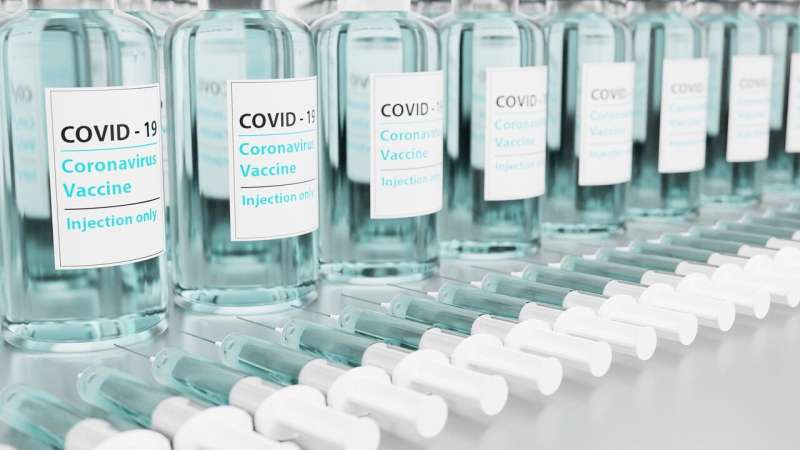COVID-19 vaccine hesitancy among patients undergoing dialysis

In a nationwide survey of U.S. patients undergoing dialysis, one-fifth of patients were hesitant to receive a COVID-19 vaccine, and hesitancy was especially high among certain age and minority racial and ethnic groups. The findings, which appear in an upcoming issue of JASN, indicate the need to address concerns about COVID-19 vaccination among these individuals.
Compared with the general population, individuals with kidney failure who are undergoing dialysis face a higher risk of experiencing COVID-19-related complications that could lead to hospitalization and death. In fact Centers for Medicare Service data indicate that individuals with kidney failure had the highest rate of COVID-19 hospitalizations compared with other Medicare beneficiaries. Therefore, vaccination is especially important to safeguard these patients’ health during the COVID-19 pandemic.
To assess the extent of vaccine hesitancy among patients on dialysis, a team led by Shuchi Anand, MD (Stanford University School of Medicine) and in partnership with U.S. Renal Care, the third largest dialysis network in the United States, surveyed adults on hemodialysis. The survey, which had an English and Spanish version, was able to reach adults who resembled the overall U.S. dialysis population. Among the 1,515 patients who filled out the survey, nearly 25% were Hispanic, 30% were Black, and 56% did not have a college degree.
Twenty percent of all responders were hesitant to seek the COVID-19 vaccine even when it was considered safe for the general population. “Finding that 80% of patients on dialysis were willing to get a COVID-19 vaccine is a fantastic sign for potentially reaching high rates of vaccination in our population,” said Dr. Anand. “This high level of acceptance may be due to the routine provision of vaccines at dialysis facilities, many of which have worked hard to increase influenza vaccination and hepatitis B vaccination coverage in this vulnerable population over the past decade.”
Vaccine acceptability was lower among younger age groups, among women, and among Blacks, and Native Americans and Pacific Islanders, however—up to 30% of these groups were hesitant to get vaccinated. Fifty-three percent of vaccine-hesitant patients expressed concerns about its side effects.
Source: Read Full Article
